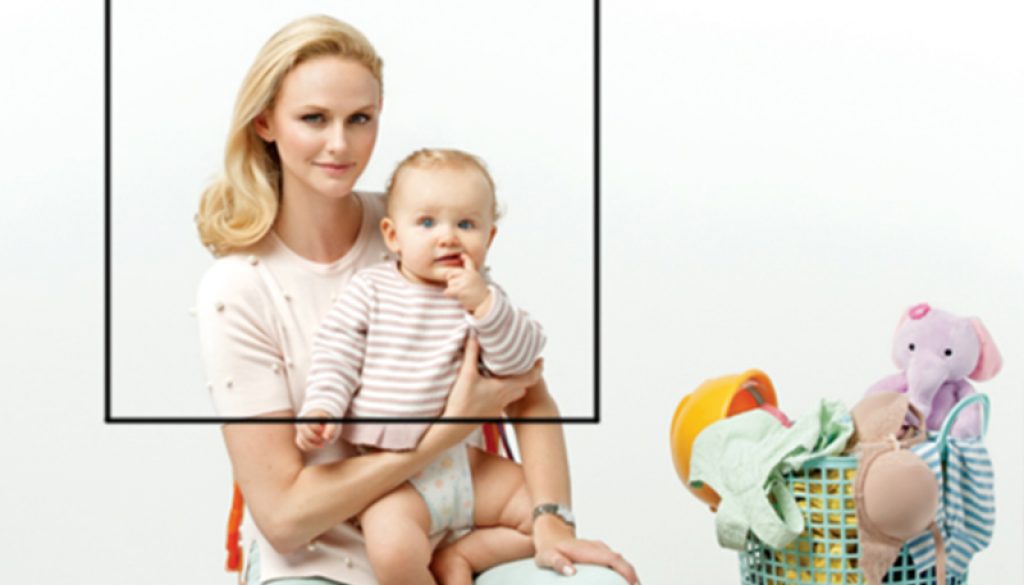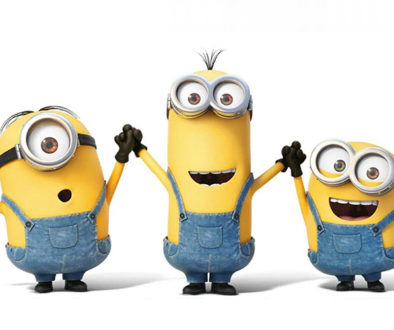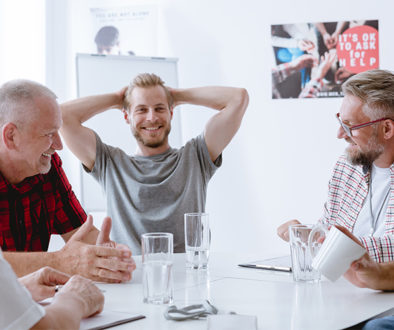The Dark Side of Social Media
Social Media Acceptance and Status
Constant connection into social media leads to constant comparison.
The picture above is from a Psychology Today article title “The Comparison Trap”. It outlines the diabolical dark side of social media.
For many people this constant comparison leads to an ever-present nagging feeling they may be falling short in their own lives. Human beings are hardwired to assess how they measure up.
Human beings are subconsciously drawn toward assessing their status within the group.
This Self Assessment was essential for survival as we evolved.
If you weren’t accepted and of low status back in the day you were in danger. Being a central and valued part of the tribe meant physical safety.
Today we seek acceptance and status to preserve psychological safety more than physical safety.
Social media is most damaging to those who are most actively engaged.
Young people are most vulnerable to issues associated with status seeking.
Think about being in middle school 24 hours a day 7 days a week. Never able escape the cliques and the constant message “you aren’t cool enough or pretty enough etc…”.
There is a growing body of literature supporting a correlation between screen time and depressive symptoms. See this Psychology Today article for example.
Anxiety rates are at record high among college students.
Social isolation is becoming the new norm and 1 in 4 Americans report they have no friends to confide in. Americans are lonely, isolated and depressed.
Anti-Social Media:
Social media is not the only factor contributing to our current societal crisis.
However, it is clear that social media has had a significant anti-social impact. Being able to look at pictures of those with perfect personal lives and epic professional accomplishments can chip away at self esteem.
Pictures that are perfectly produced with just the right angle and just the right filter.
In one of the more troubling signs of the times people are seeking plastic surgery to look like their edited online pictures.
We now know there is a correlation between time on social media and suicidal ideation. Same can be said for depressive symptoms.
Is the explosion of social media directly connected to deaths of despair (overdose, suicide) and the mental health/substance use disorders crisis?
This connection hasn’t been firmly proven and is open to debate. However, it’s not difficult to connect these dots.
As technology and social media become more advanced future generations will be even more dependent.
For me, social media is something I view through the lens of a time without social media. My kids won’t have that perspective.
Cyber-life will be the norm. Social media is not going anywhere. It’s only going to expand from here.
There may be some gate-keeping and regulations along the way. Platforms are going be added and expanded. Not eliminated or contracted.
Their reach will be deeper and wider and involve technology that we cannot currently conceive.
What do we do?
If you can’t beat it join it. We need to meet people in need where they are; on the platforms.
We need to bring emotionally supportive content and we need to start sharing the truth of our lives.
We need to fight fire with fire.
People are going on social media platforms and coming away feeling worse about themselves. Especially young people.
Professional public health strategy should include social media outreach that directly confronts this artificial landscape.
Pro-social coaches who are willing to share the good, the bad, and the ugly in an effort to present reality rather than “manufactured” reality.
Uplifting content and constant connection that promotes self-confidence and empathy.
This would take a monumental effort and require serious strategy.
The biggest challenge would be delivering the content in a manner consistent with the culture and norms of any given sub-group.
Ideally, we would use age-appropriate coaches to deliver the content.
Maintaining authenticity and genuineness is essential.




